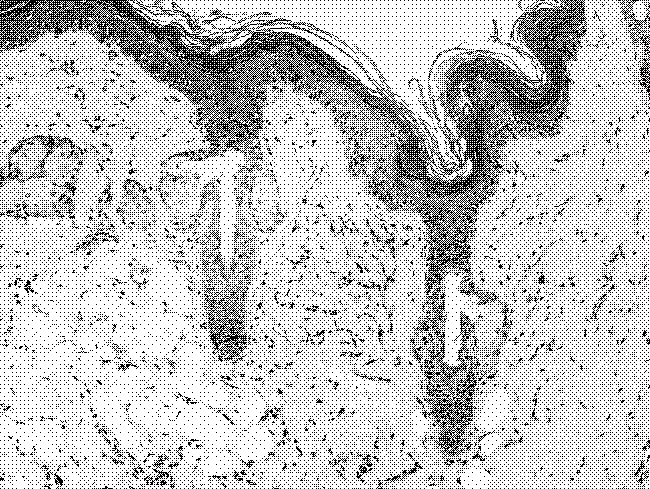FINAL PROJECT - FABRICADEMY 2021 / 2022¶
| I. - MATERIAL SCIENCE & RESEARCH |¶

STATES OF MATTER
The food industry and mass production have been producing a high amount of wool waste for a long time. Wool goes beyond the boundaries of textiles. The project investigates chemical properties of wool fibers through extracting keratin and implementing it in the fabrication of new biomaterials. It aims to define a new value of wool as a material using current technologies and design as a tool. It analyzes wool in all states of matter using green chemicals, biomaterials and additive manufacturing.
The material research is focused on extraction of keratin, DIY fabrication and the usage of sustainable chemicals in the production process. The extraction is adapted to DIY laboratory tools that can be easily made and used to produce (im)pure keratin as an open source material. The extracted keratin is used as liquid or powder to refine the properties of the produced biofilms or composites in combination with other additives. Their combination is investigated in terms of possible applications for the 3D printing technology. Its waterproof and fire retardant properties are reflected in coating agents for textiles. All possible outcomes of the project will be found in a material library which represents a challenge for the post-processing of wool waste.
CONSUMPTION & MASS PRODUCTION¶
- Keratin-containing biomass - more than 40 million tons per year contains
| Nitrogen | Sulfur | Fat | Mineral elements | Proteins |
|---|---|---|---|---|
| 15-18 % | 2-5 % | 1.27 % | 3.20 % | 90 % |
ANIMAL FIBERS & CHEMICAL EXTRACTION¶
- Acidic hydrolysis provides very severe conditions which can destroy some useful amino acids during hydrolysis.
- Enzymatic hydrolysis provides less species alteration but with a slower process and is more expensive, which makes its commercial use more difficult.
- Ionic liquids are too costly and protein recovery is very low to be used for industrial purpos, however it is only green and sustainable way.
VIDEO-DOCUMENTATION¶
A short film of the States of Matters as an introduction reflects artistic and DIY approach of the material research. It implements design and conceptual thinking to the neat laboratory approach.